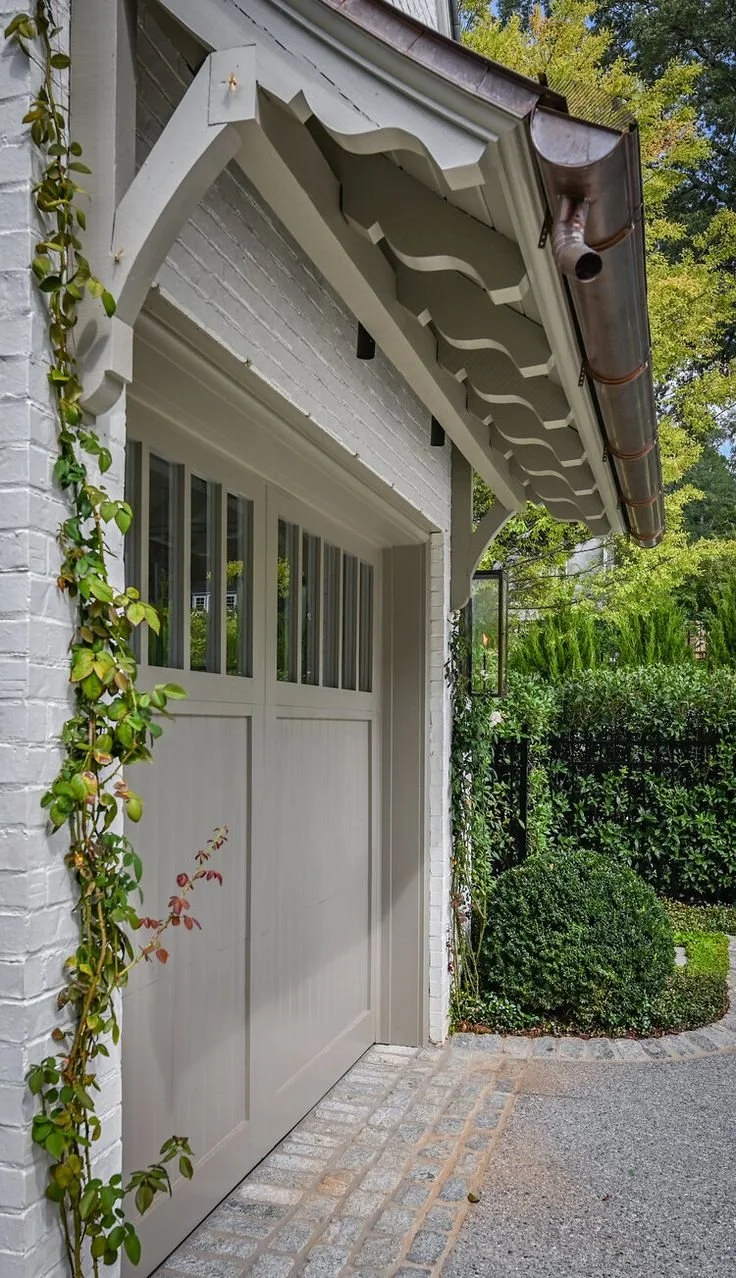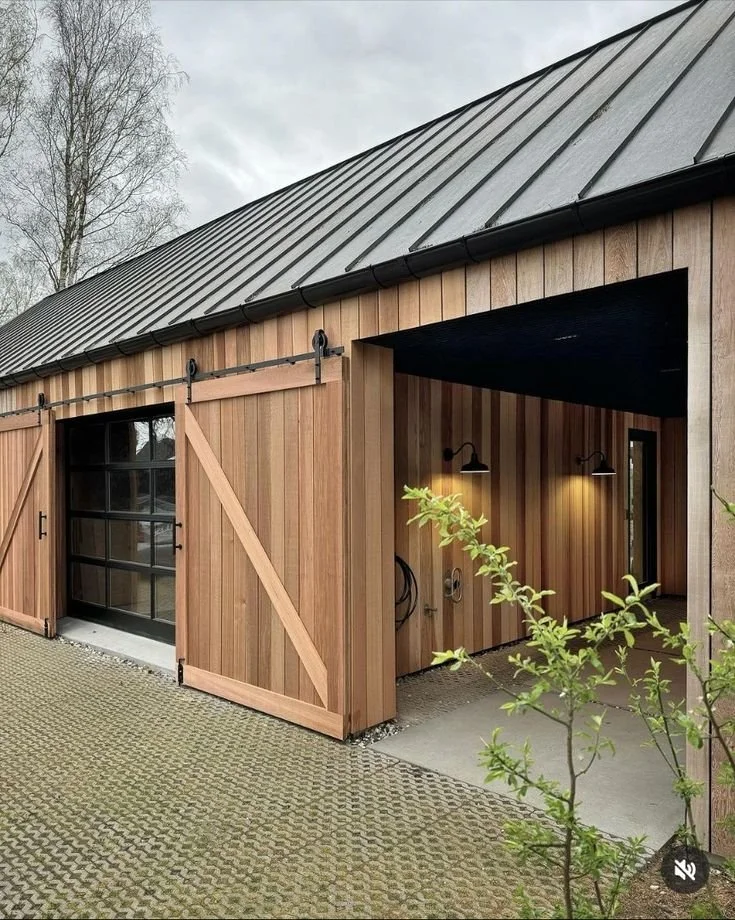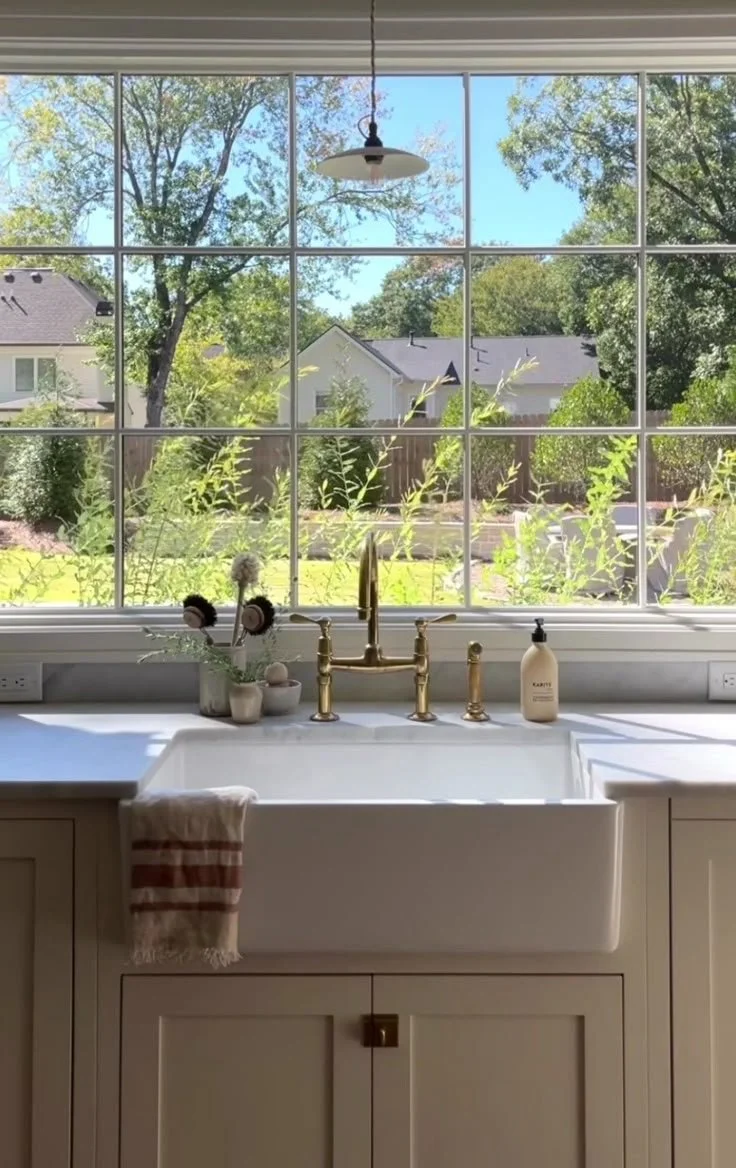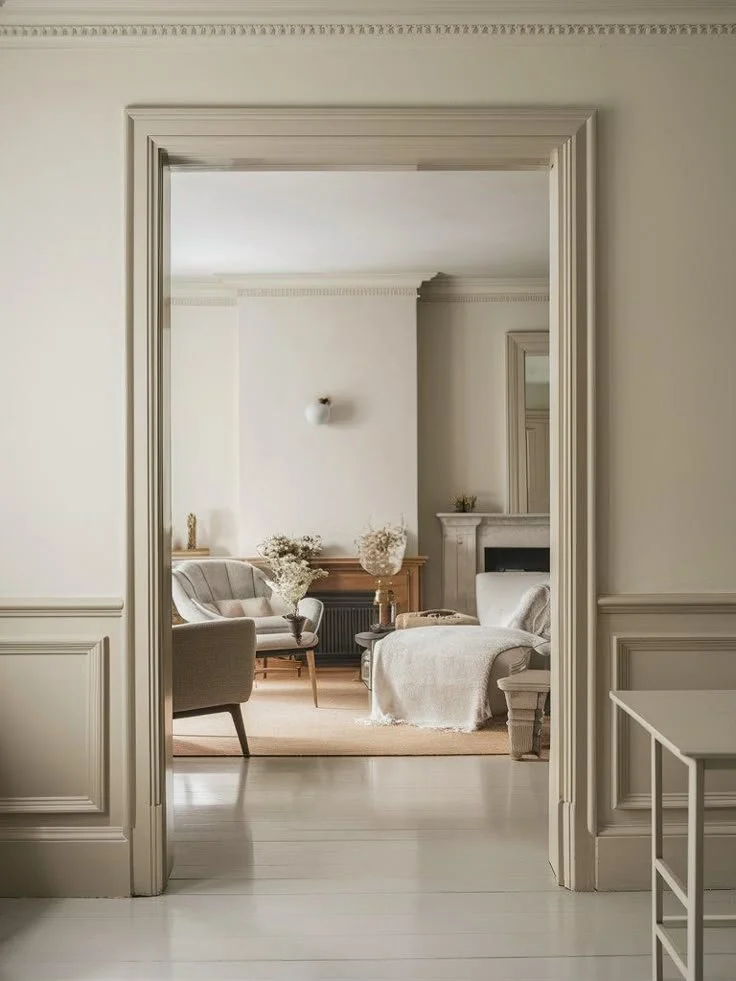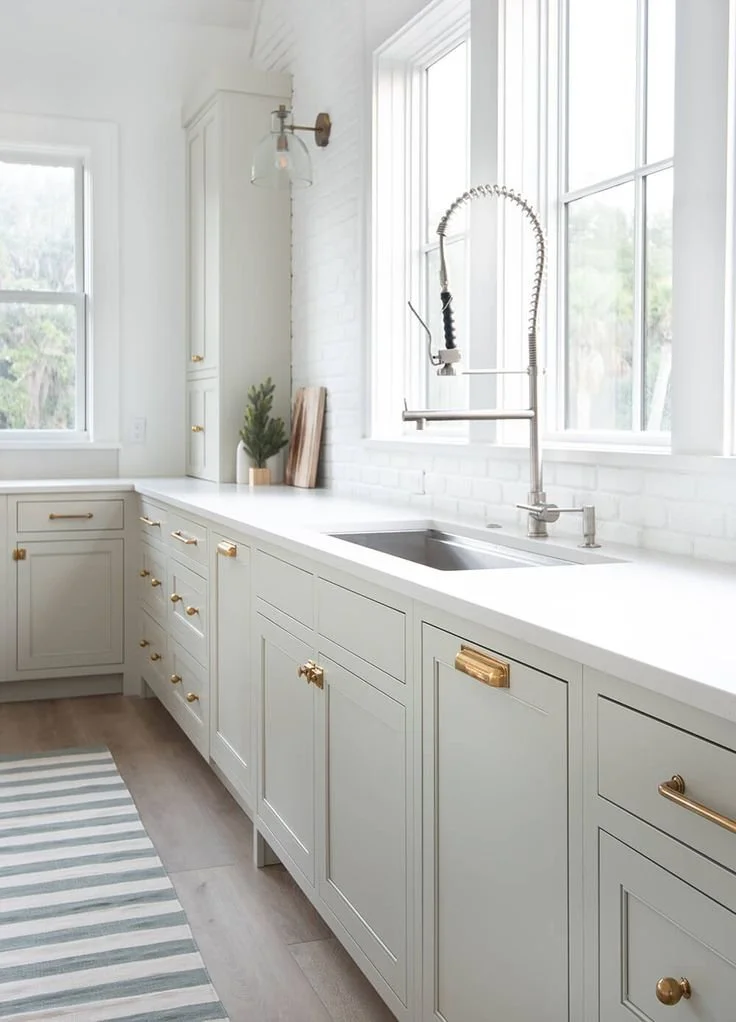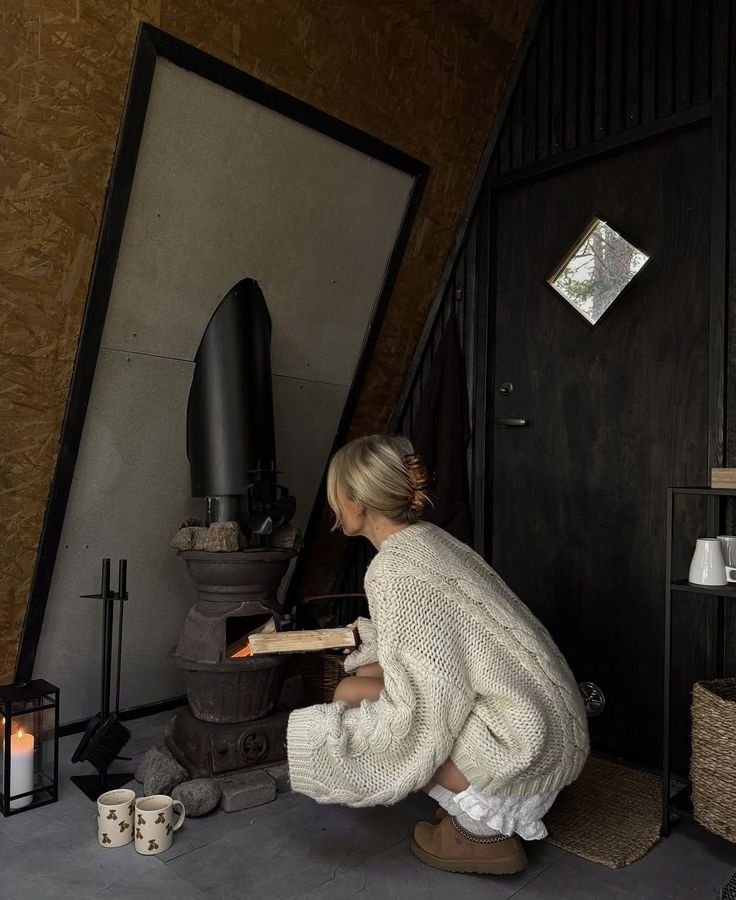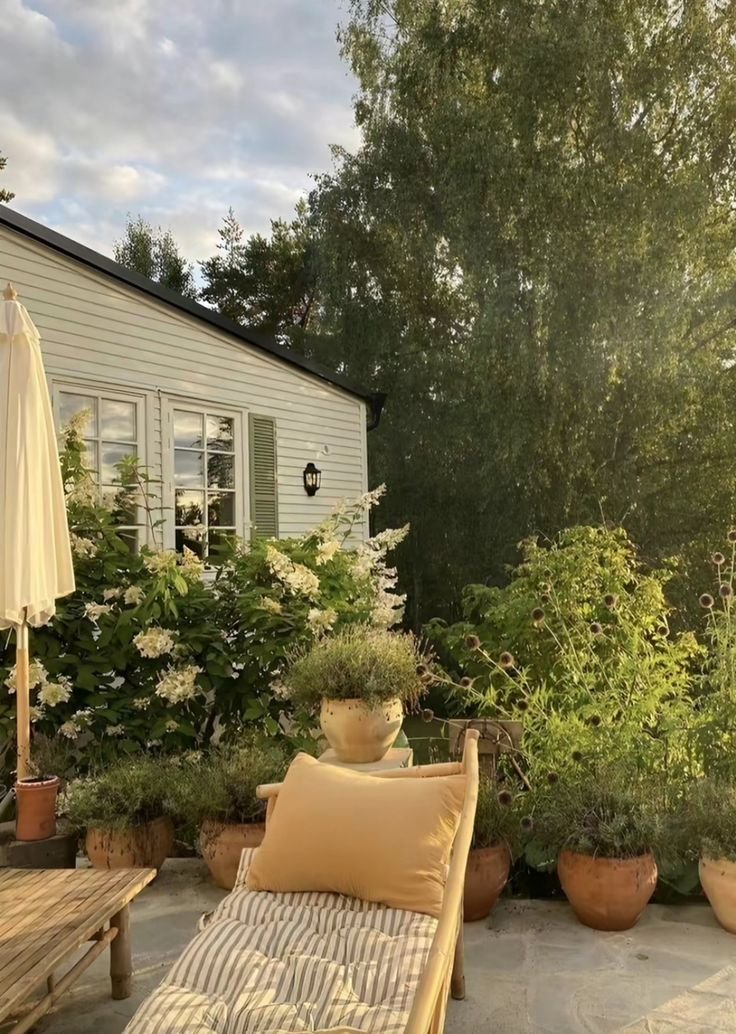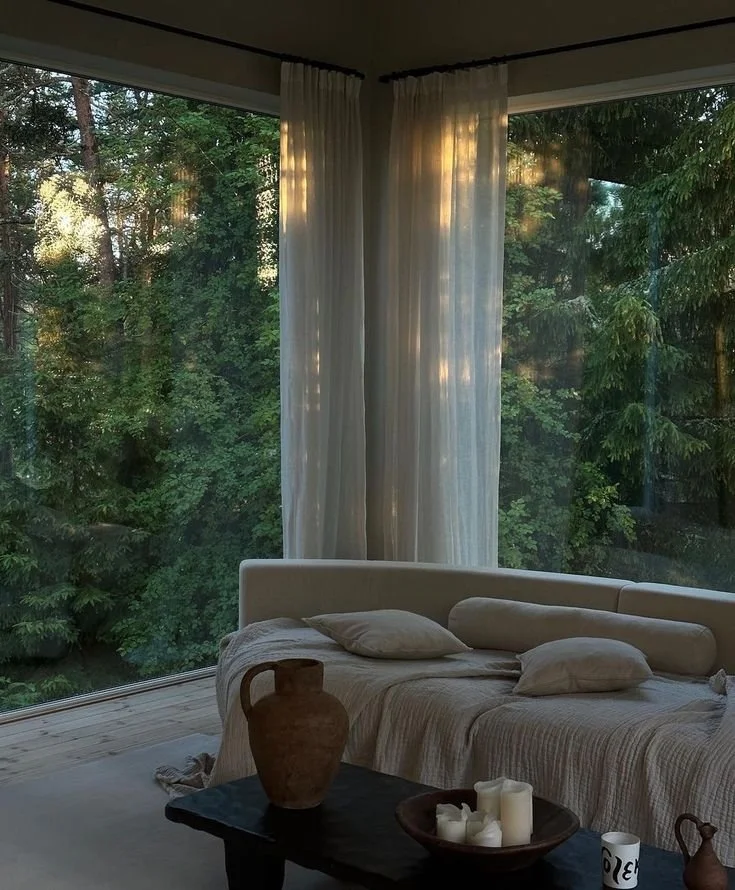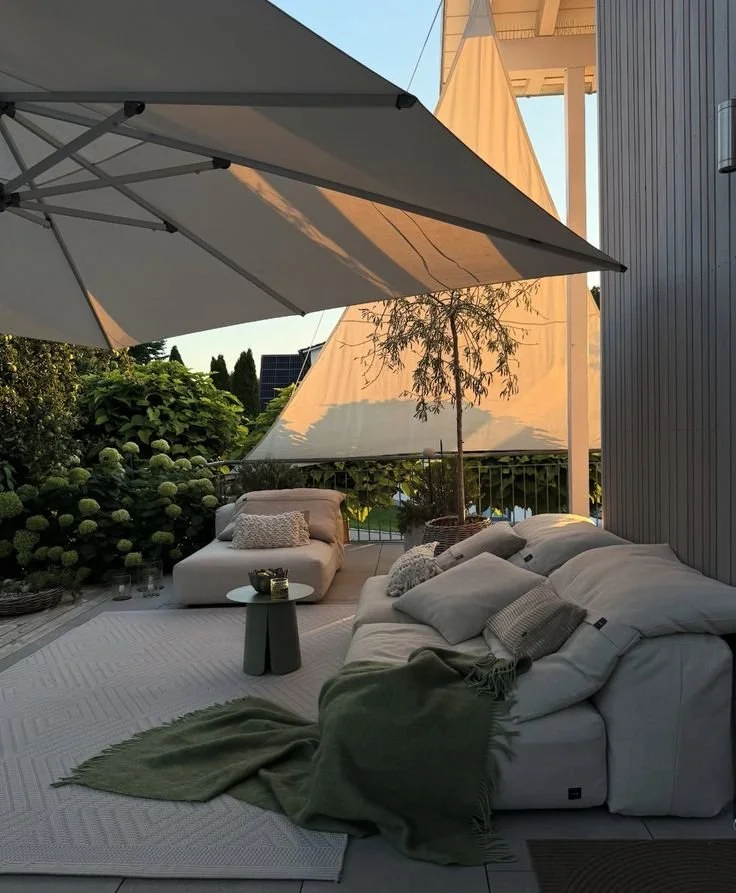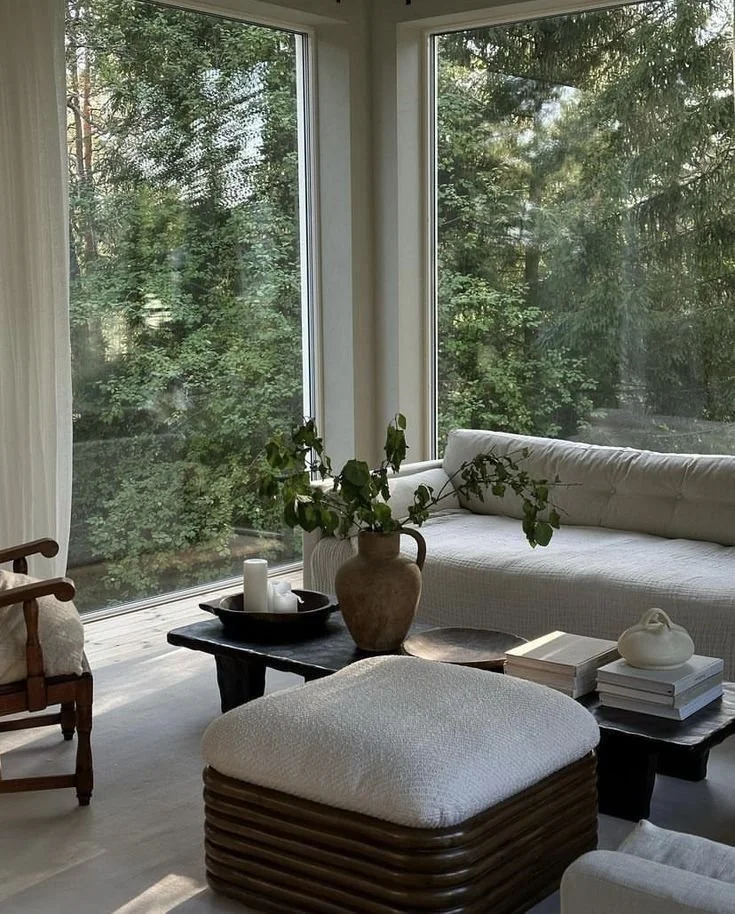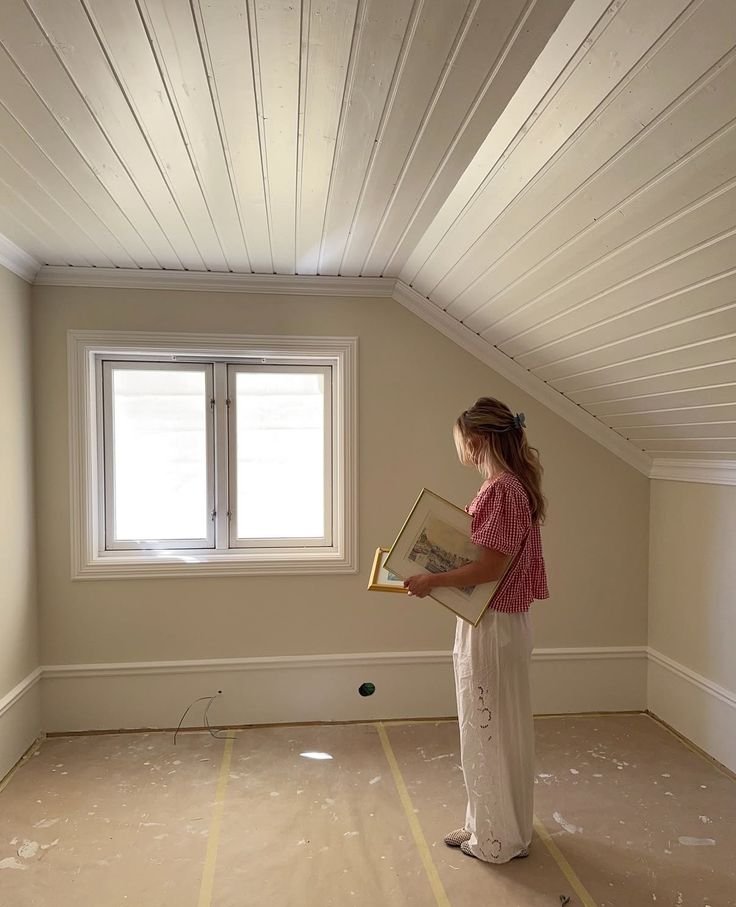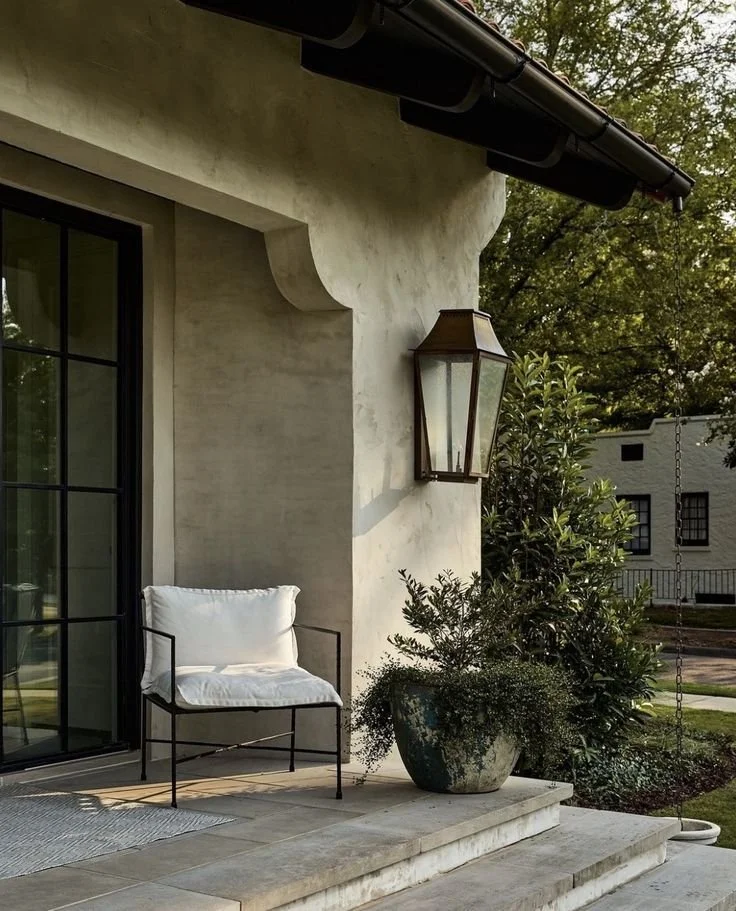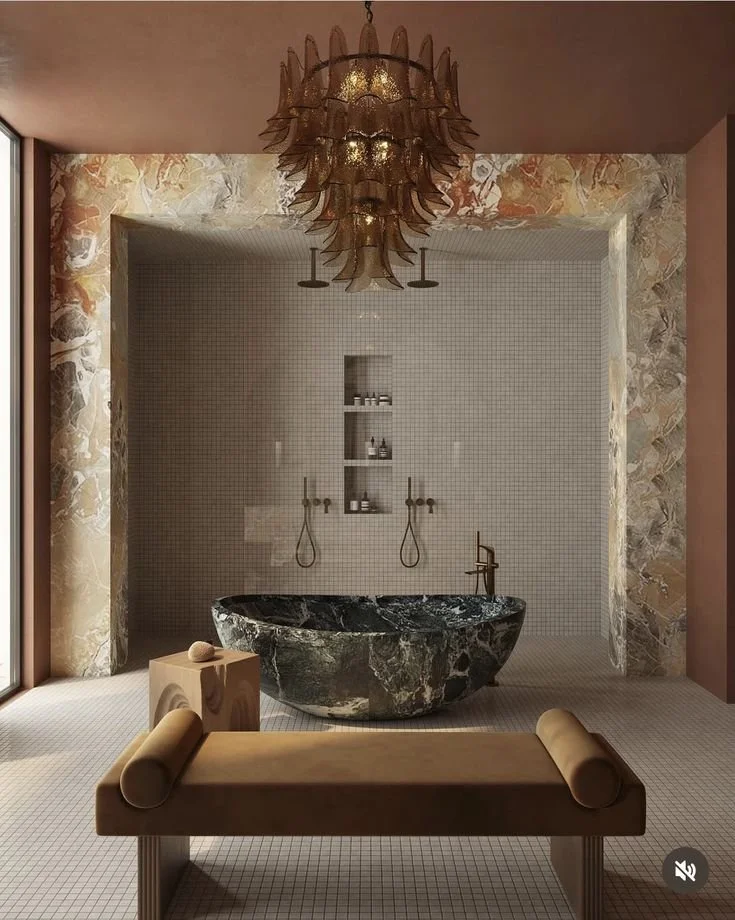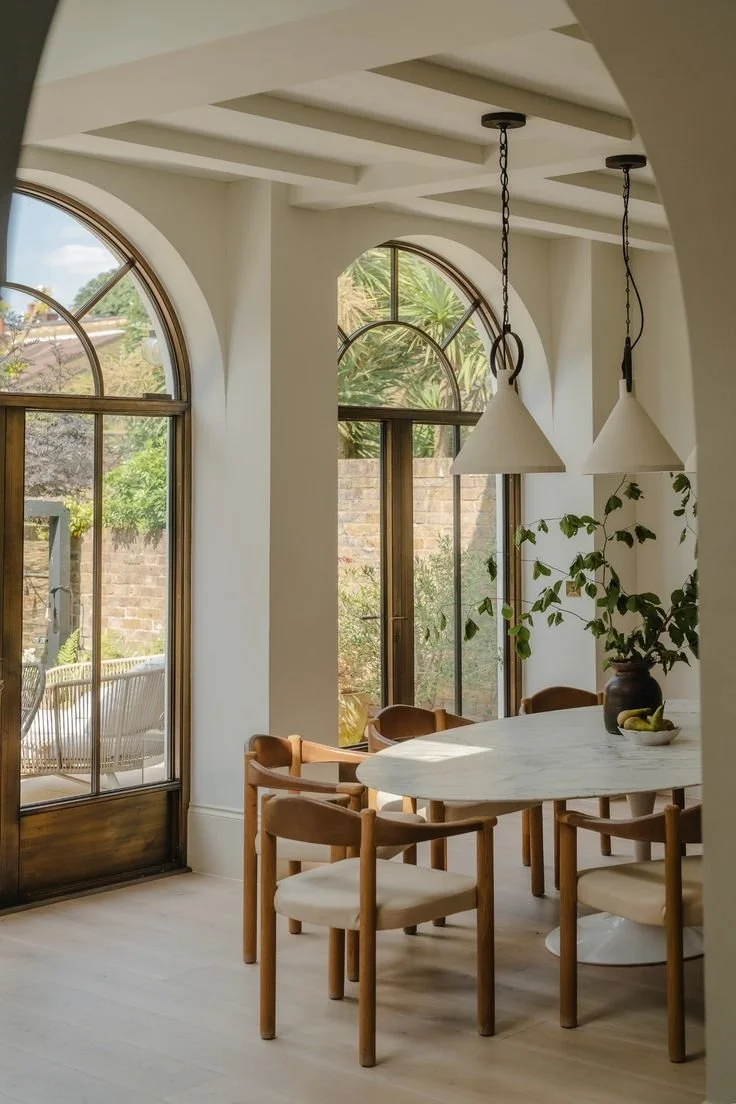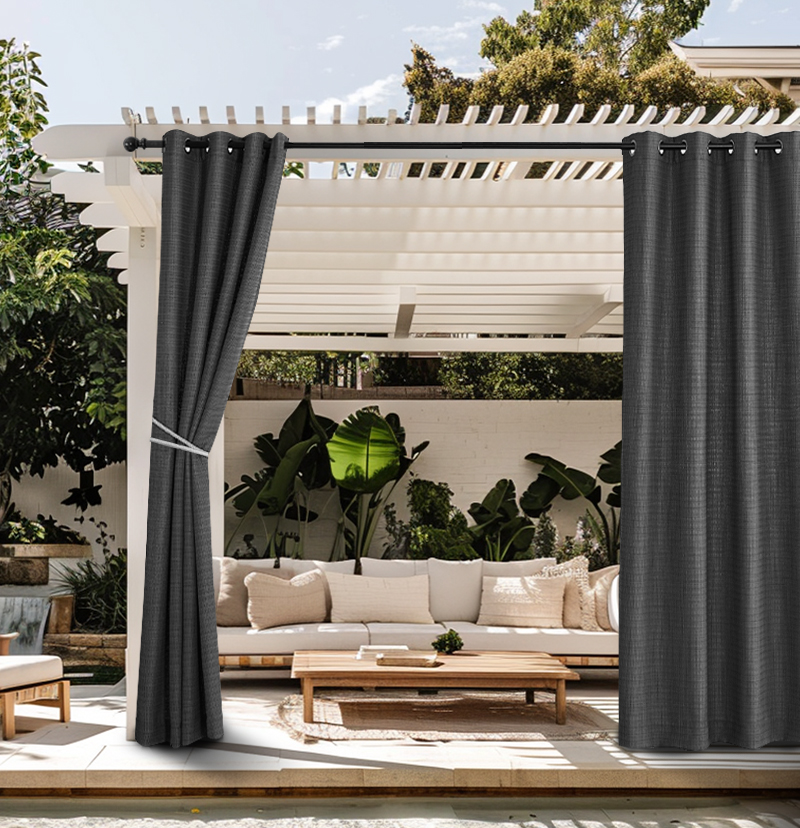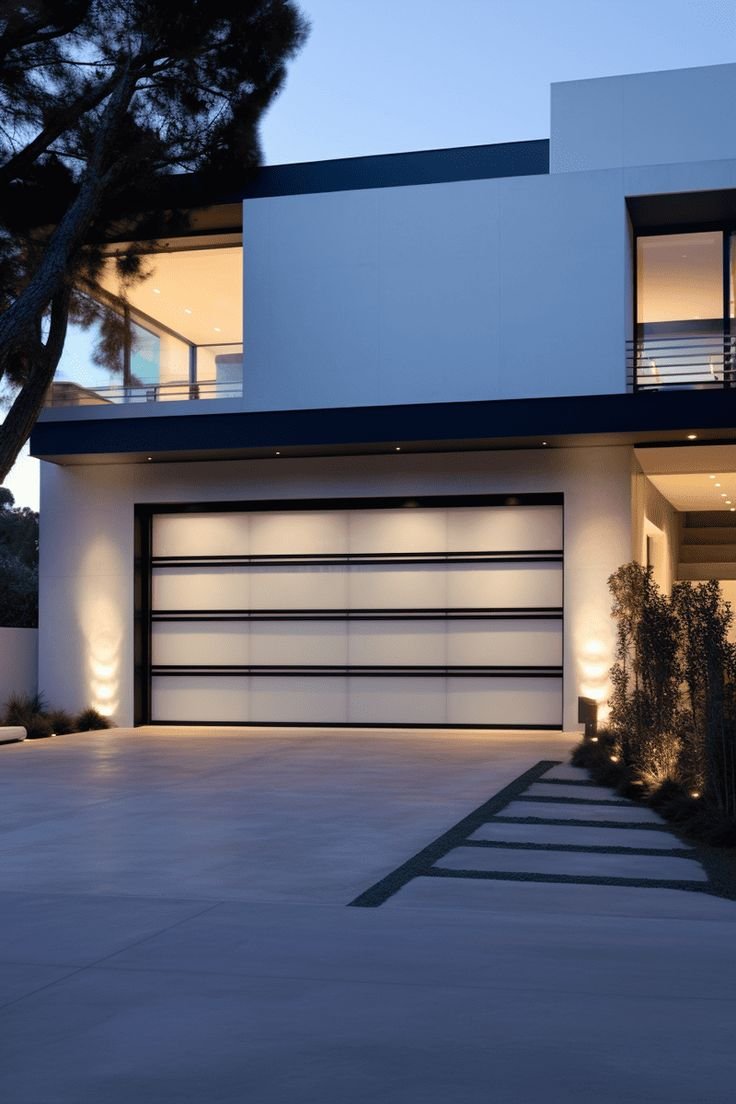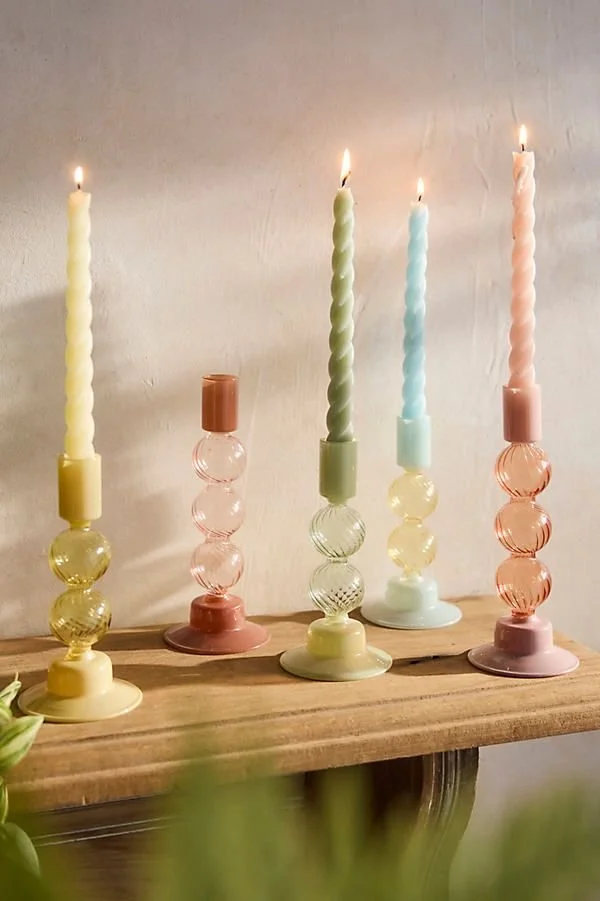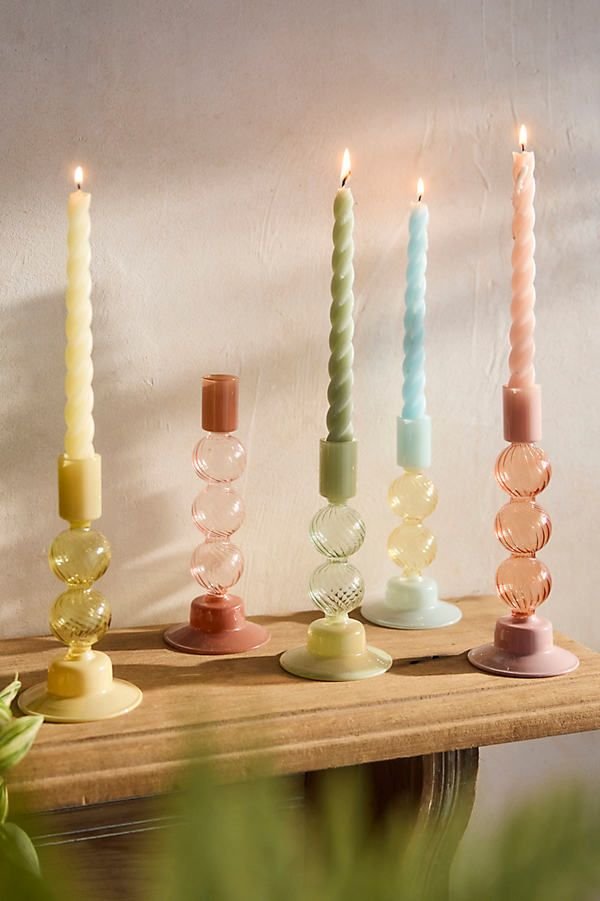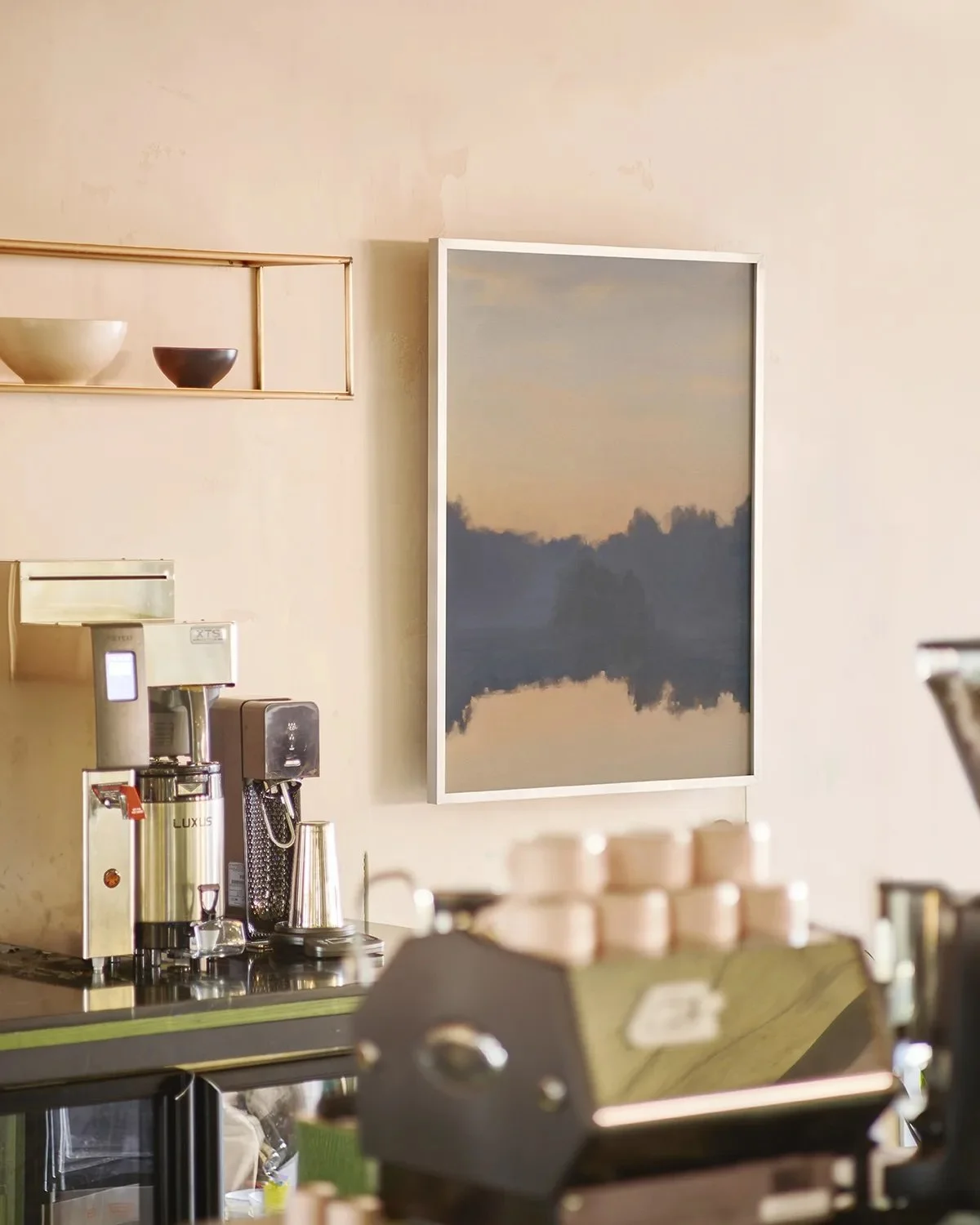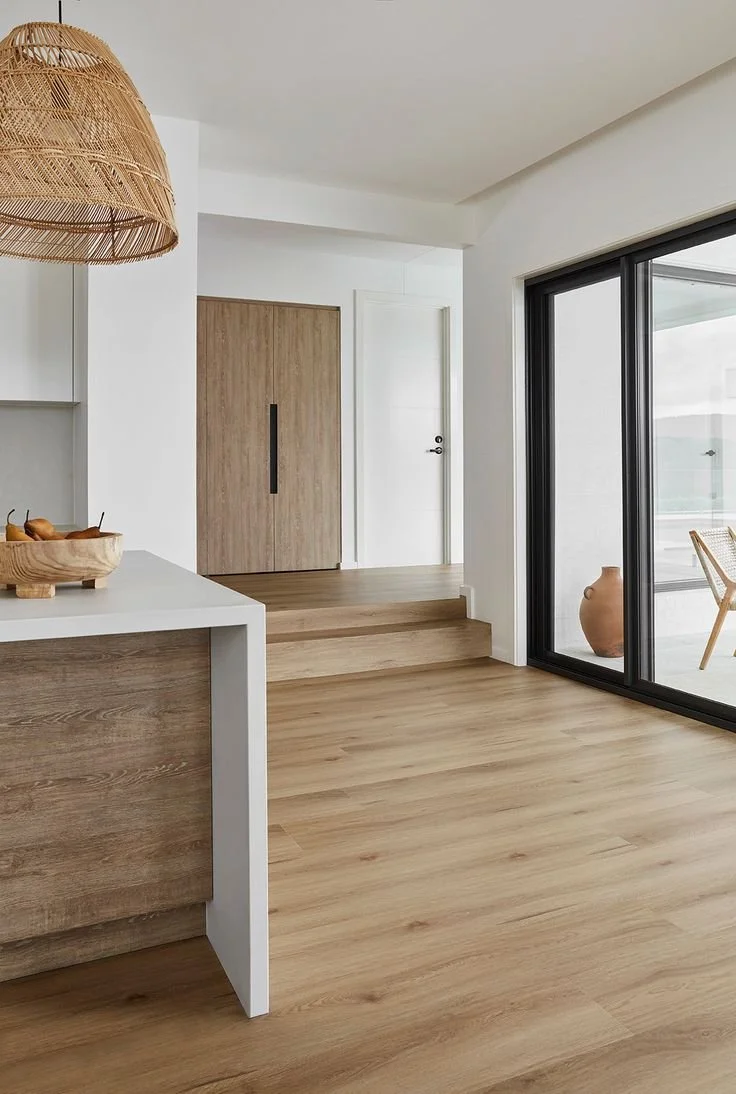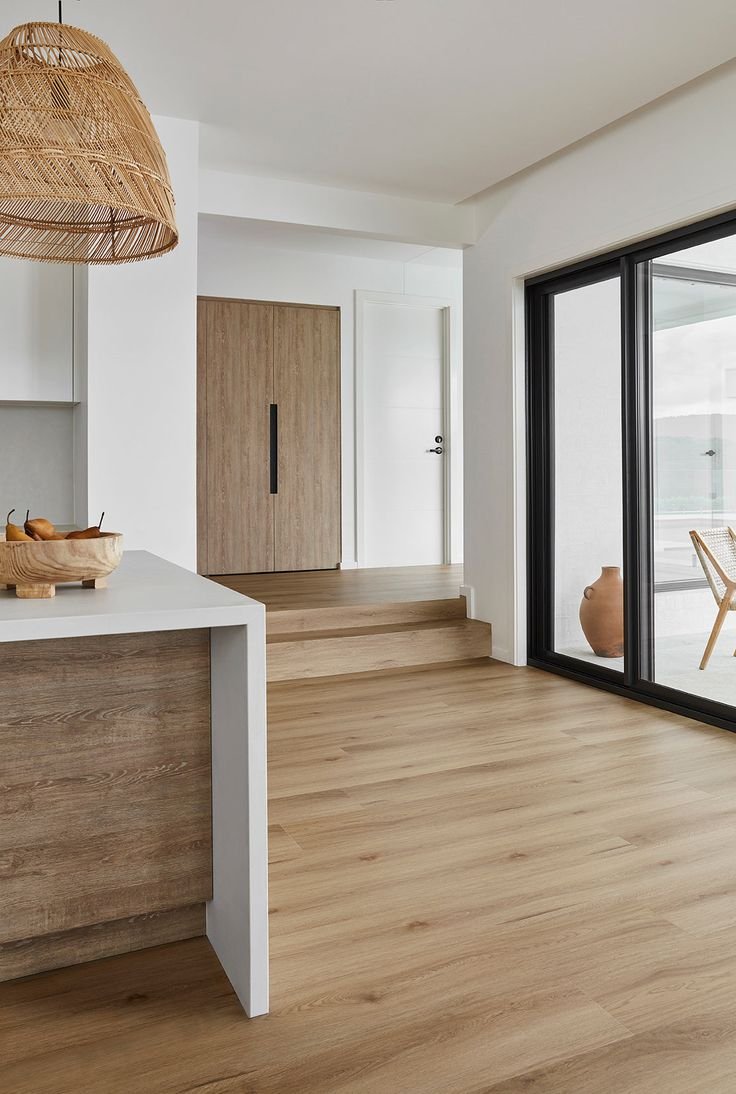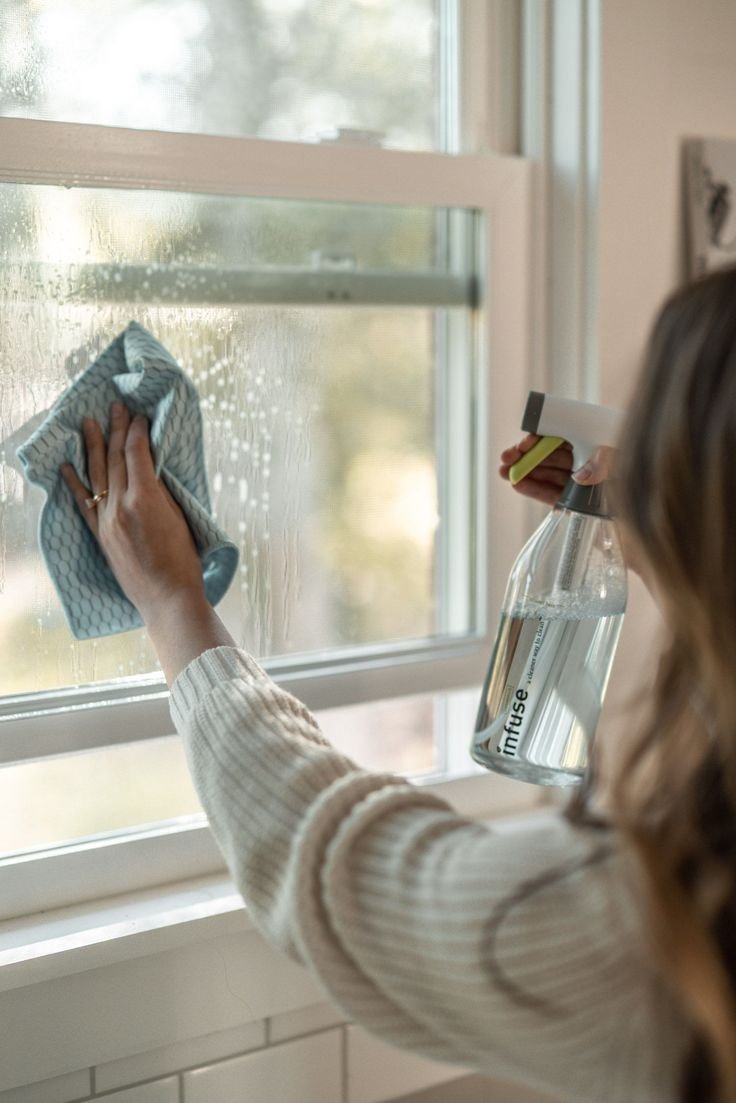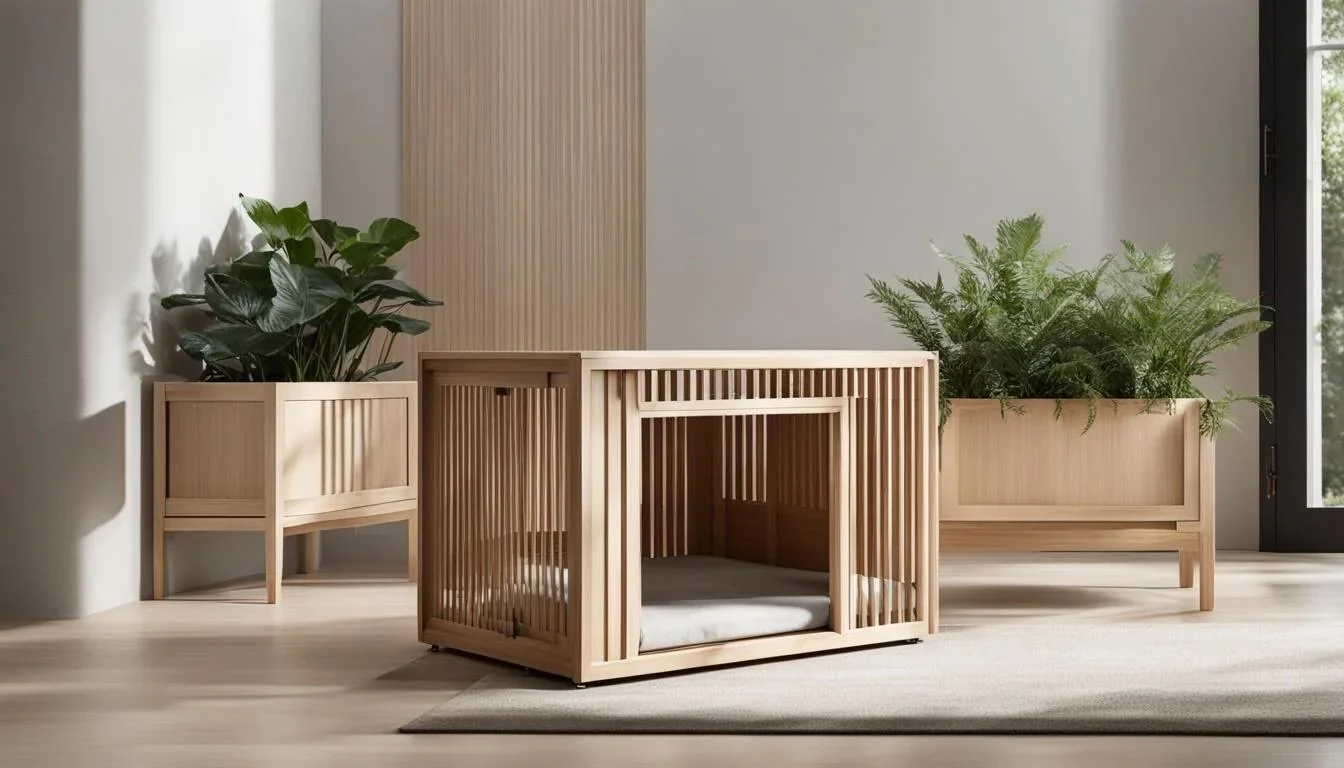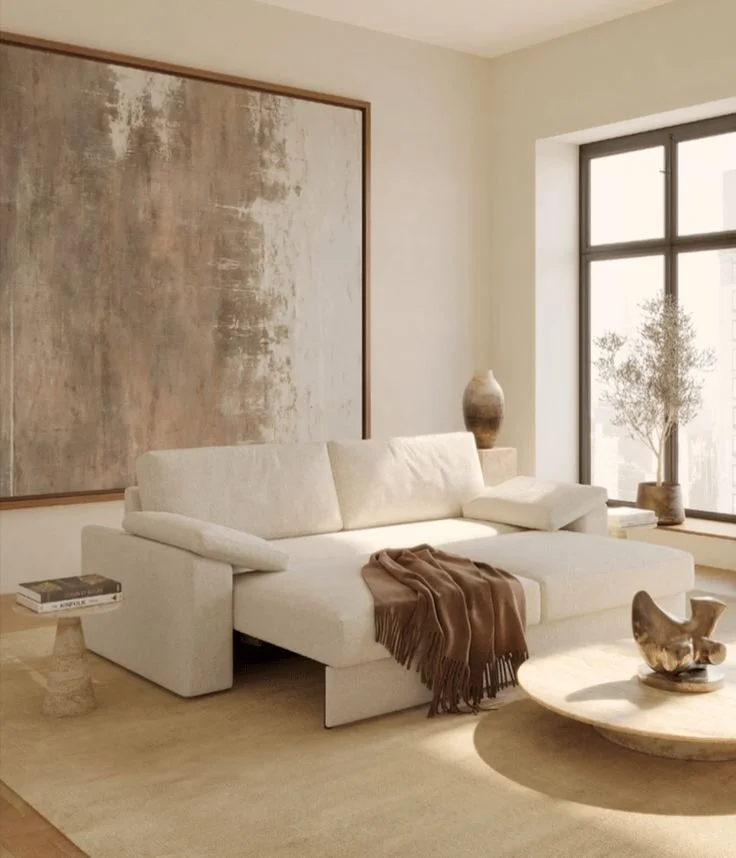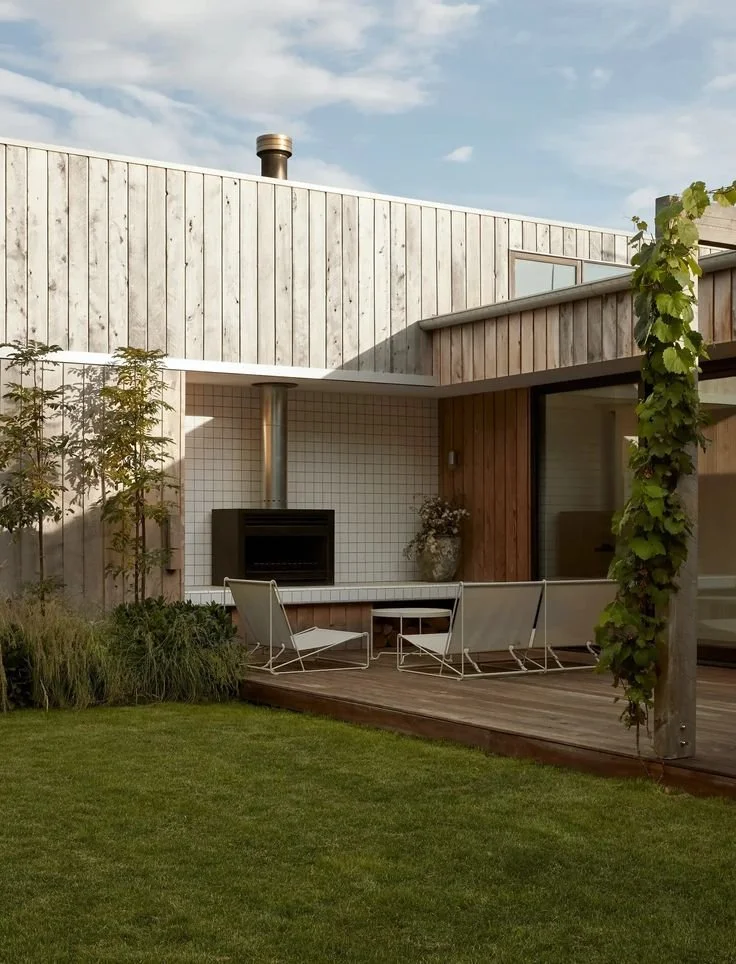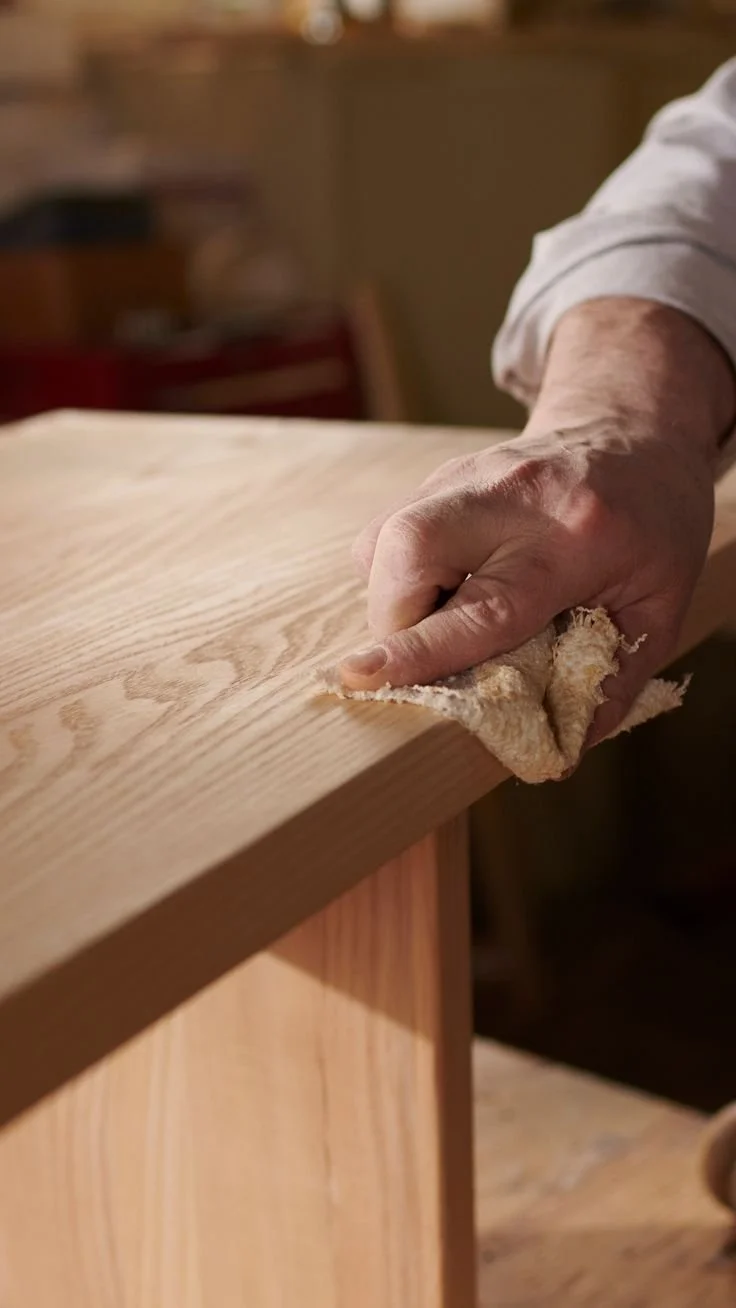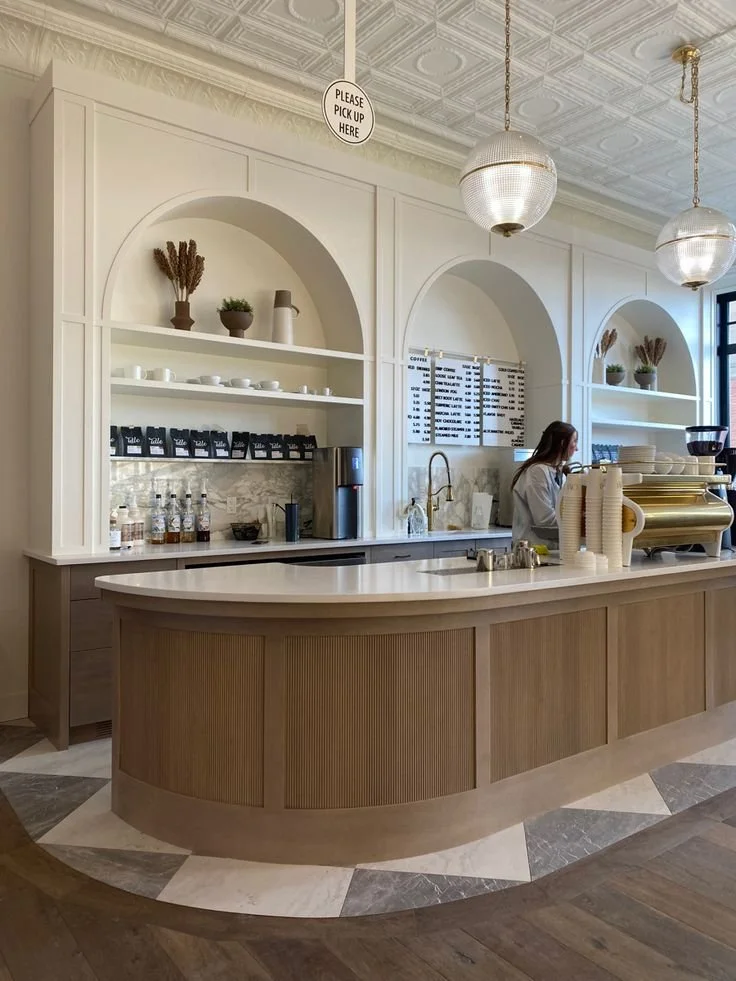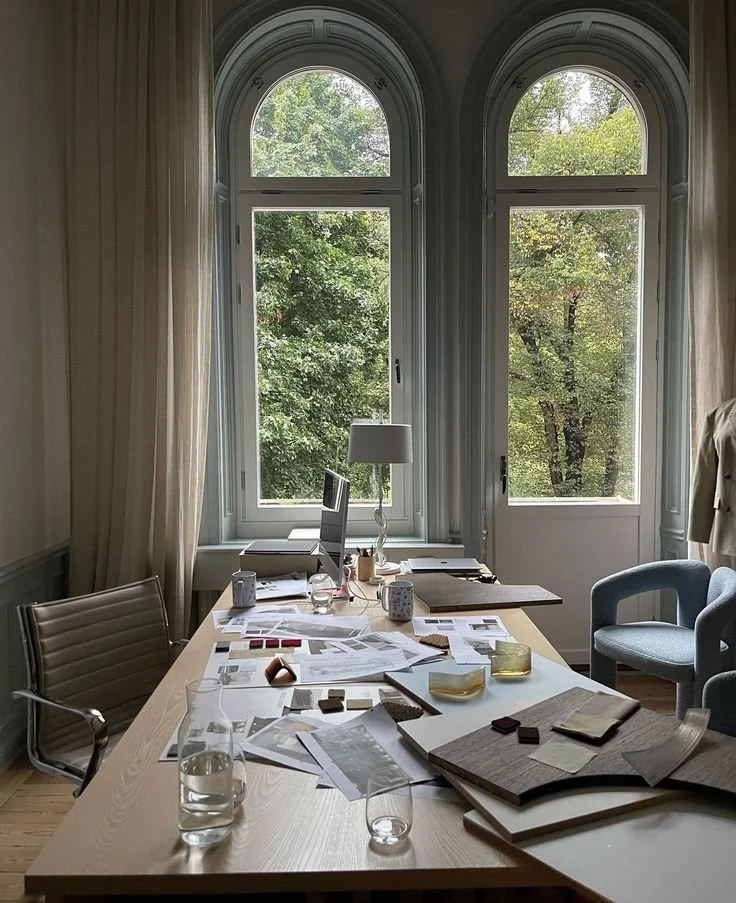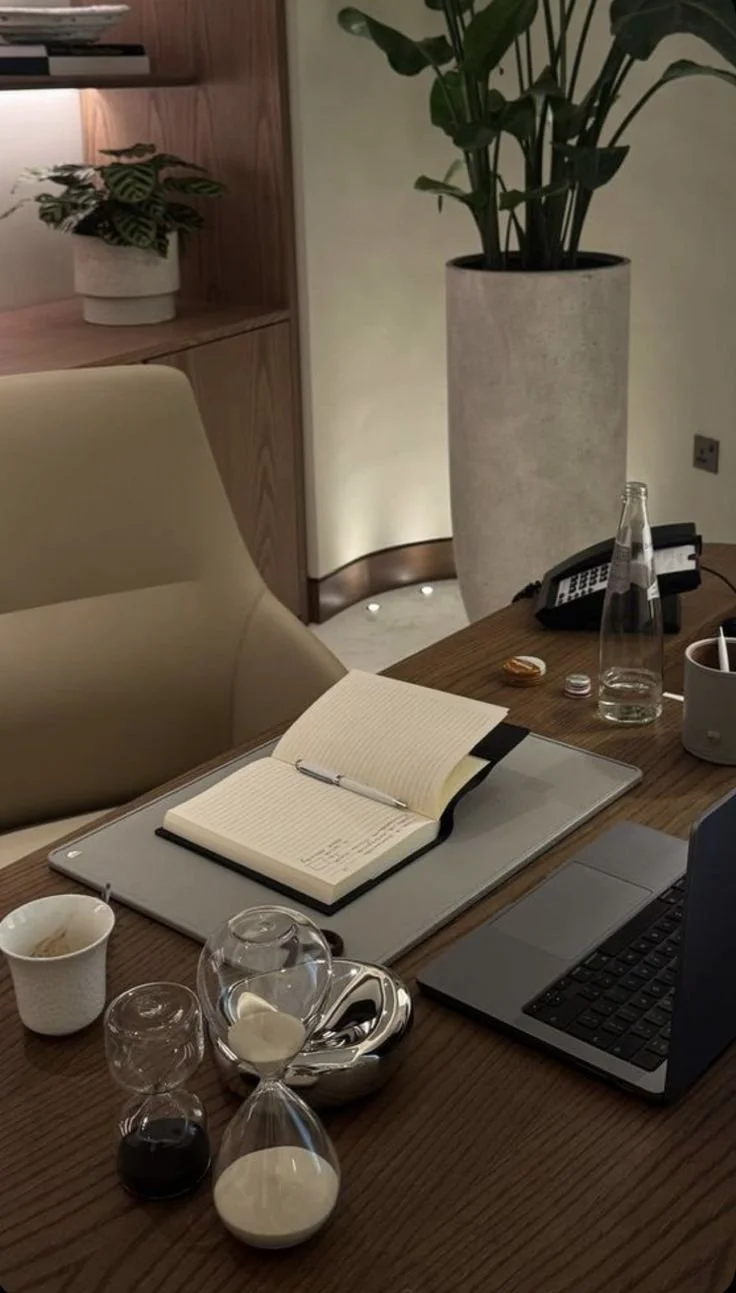When it comes to choosing a garage door, you might not think insulation matters much—it’s just a door, right? Well, not quite. Your garage door plays a crucial role in your home’s comfort, efficiency, and even security. In this article, we compare insulated and non-insulated garage doors to help you make an informed decision.
No. 1
What Are Insulated Garage Doors?
First off, let’s talk about what makes a garage door insulated. Insulated garage doors have layers of material, usually with foam insulation sandwiched between them, which helps maintain temperature stability. Unlike non-insulated doors, these doors are designed to provide a buffer between the interior of your garage and the outside environment.
Non-insulated garage doors, on the other hand, are typically made of a single layer of material, usually steel or aluminum. They’re simple, cost-effective, and get the job done, but they lack the benefits of thermal regulation and soundproofing.
No. 2
Energy Efficiency
If you’re concerned about energy efficiency, insulated garage doors have a clear advantage.
Your garage might not be your main living space, but it still affects your home’s overall energy use. Many garages are attached to the house, meaning air from the garage can easily find its way into your home. An insulated garage door helps regulate the temperature in your garage, keeping it warmer in the winter and cooler in the summer.
This temperature stability can make a big difference to your energy bills. By reducing the load on your HVAC system, an insulated door can lower your heating and cooling costs. If you’re someone who wants to cut down on monthly utility bills, an insulated door is a smart investment. In fact, this energy efficiency is why 40% of new garage doors are insulated, according to ADP Garage Doors.
No. 2
Comfort and Usability
Think about how you use your garage. Is it just for parking your car, or do you use it as a workshop, gym, or storage area? An insulated garage door can make your garage a much more comfortable space year-round.
During the colder months, an insulated door keeps the chill out, making it easier to work in the garage without freezing your fingers off. In summer, it helps keep the heat at bay, which is especially important if you’re storing temperature-sensitive items or using the space for hobbies.
A non-insulated garage door, however, offers no such comfort. The temperature in your garage can swing wildly, making it far less pleasant for any activities other than parking.
No. 3
Noise Reduction
If your garage is attached to your home, an insulated garage door can also reduce noise—both from outside getting in, and from inside getting out. This is especially handy if you live on a busy street or if you have teenagers practicing their drum solos in the garage. The foam or other insulating materials absorb sound, making your garage a quieter and more peaceful space.
Non-insulated doors, meanwhile, do very little to block noise. Every passing car, barking dog, or gust of wind is likely to echo into your space. So, if noise is a concern, an insulated garage door is the way to go.
Rejuvenation
Rejuvenation believes in the power of thoughtful design - explore their extensive range of garage and gate hardware, including stylish outdoor accessories that add character and charm to your home's exterior.
No. 4
Durability
Insulated garage doors tend to be sturdier and more durable than their non-insulated counterparts. The extra layers of insulation add weight and rigidity, making the door less susceptible to dents and damage. If you have kids who might use the garage door as a backstop for their soccer practice, you’ll appreciate the durability that insulation adds.
Non-insulated doors are often made of just one thin layer of metal, which can be prone to denting and bending. While they might cost less initially, the need for repairs or even an earlier replacement could make them less cost-effective in the long run.
No. 5
Cost Considerations
Now, let’s talk about cost—because, let’s face it, budget matters. Non-insulated garage doors are generally cheaper up front. If you’re looking for a basic, budget-friendly option, a non-insulated door might seem appealing.
However, it’s important to consider the long-term savings and benefits of an insulated garage door. The extra cost you pay initially can be offset by energy savings, less maintenance, and added comfort over time. Essentially, while insulated garage doors may require a bit more of an investment, they often pay off in the long run, making them a smarter choice for most homeowners.
No. 6
Curb Appeal and Value
An insulated garage door can also add to the value of your home. When it comes to curb appeal, an insulated door often looks more refined and feels sturdier. It’s a small upgrade that can make a big difference if you’re considering selling your home down the road. Potential buyers often see insulated garage doors as a sign of quality, making your property more attractive on the market.
Non-insulated doors might not offer the same level of visual appeal or give the impression of quality, which could impact buyer perception. If adding value to your home is part of your goal, insulated is definitely the way to go.
No. 7
Which One Should You Choose?
So, which type of garage door is better? If you’re prioritizing comfort, energy savings, durability, and long-term value, an insulated garage door is hands-down the best choice.
Sure, non-insulated doors have a lower initial price, but they fall short in areas that truly matter—like keeping your home comfortable and your energy bills in check. Whether you use your garage as a workspace, a place to store important items, or even just to keep your car in better condition, insulation makes a difference. And in the long run, that difference can translate into real savings and added comfort.
Takeaways
Choosing the right garage door might not be the most thrilling home decision, but it’s one that has a big impact on your daily life. An insulated garage door provides better energy efficiency, comfort, noise reduction, and durability, and even boosts your home’s value.
If you’re on the fence, consider how often you use your garage and what role it plays in your home. An insulated garage door is an investment, but it’s one that pays off in numerous ways—making it a better choice for most homeowners. So, if you’re still debating, think about the comfort and efficiency you’d like to enjoy, and let that guide your decision. Insulated is the way to go!
Looking For Home Resources?
Looking to enhance your living space and create a sanctuary that supports your well-being? Explore our home partners who offer a wide range of resources to elevate your home environment.
